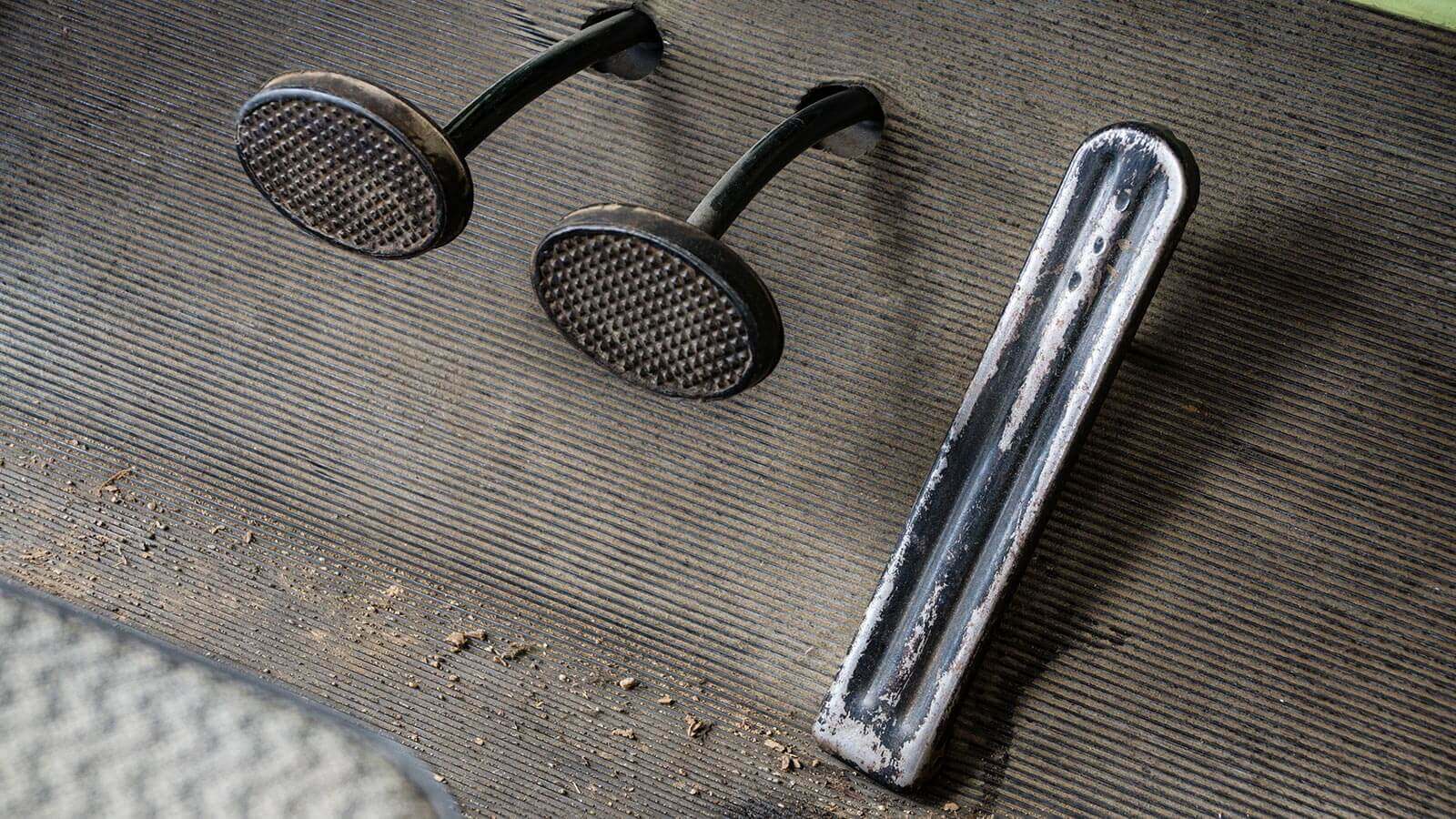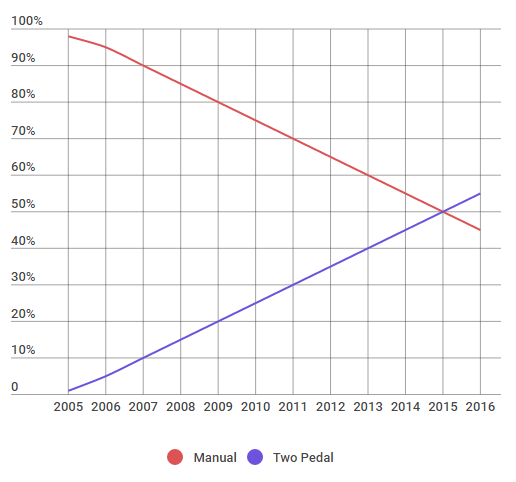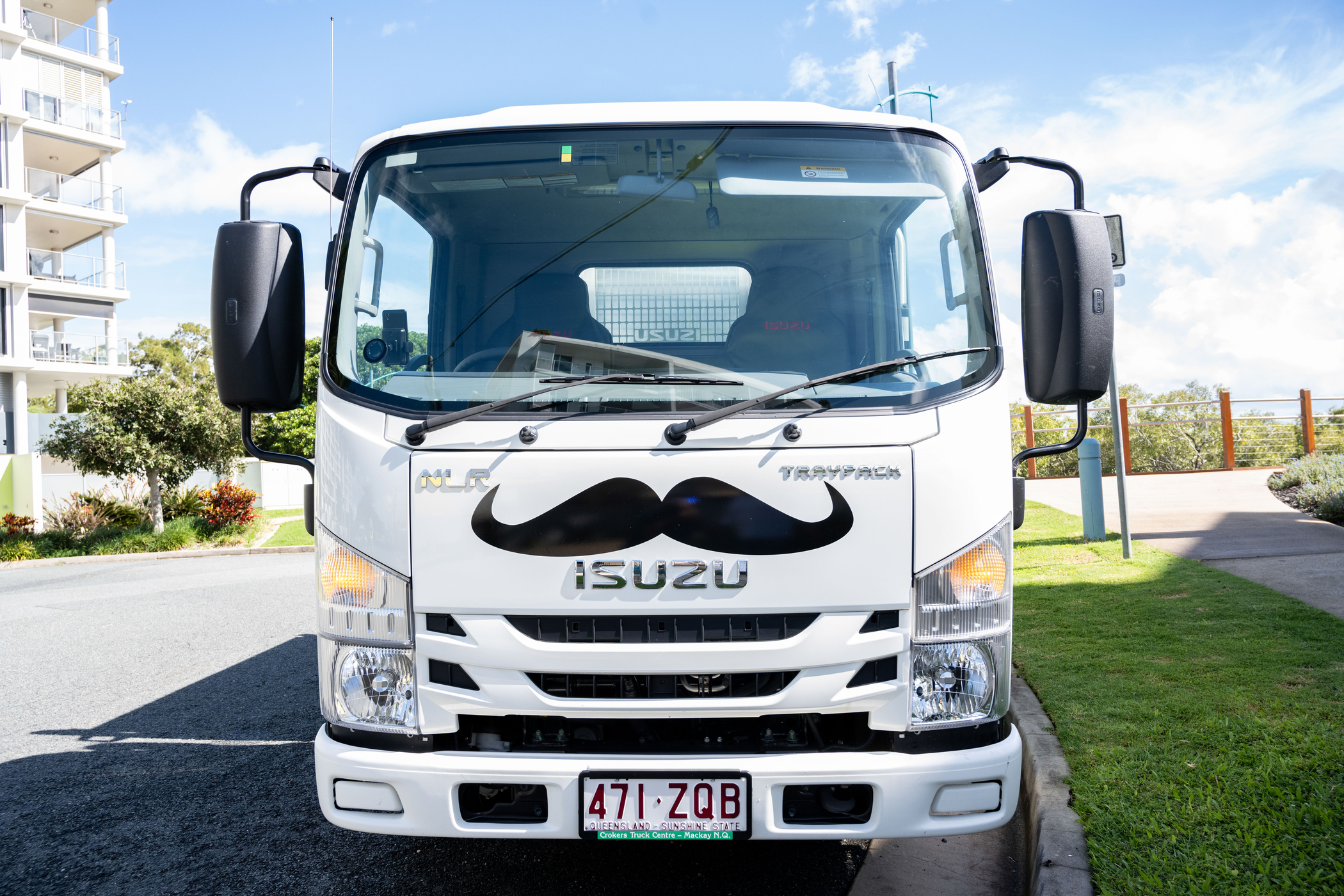DROPPING THE CLUTCH: THE RISE OF TWO PEDAL TRUCKS

Latest figures from Isuzu show sales of two pedal trucks have finally surpassed the three pedal models’ traditional dominance of the light and medium-duty markets.
This isn’t a surprise shift, but rather a landmark moment in a steadily growing trend for the Japanese product offering.
 It comes in line with overall trends in the automotive market, as more and more Australians choose a car with an automatic transmission over a manual.
Only 13 per cent of passenger cars sold in 2014 had a manual transmission, down from 33 per cent in 2000.
But the switch in trucking is more complex than simply following fashion. Instead, the main motivator is ease of application.
It comes in line with overall trends in the automotive market, as more and more Australians choose a car with an automatic transmission over a manual.
Only 13 per cent of passenger cars sold in 2014 had a manual transmission, down from 33 per cent in 2000.
But the switch in trucking is more complex than simply following fashion. Instead, the main motivator is ease of application.

 It comes in line with overall trends in the automotive market, as more and more Australians choose a car with an automatic transmission over a manual.
Only 13 per cent of passenger cars sold in 2014 had a manual transmission, down from 33 per cent in 2000.
But the switch in trucking is more complex than simply following fashion. Instead, the main motivator is ease of application.
It comes in line with overall trends in the automotive market, as more and more Australians choose a car with an automatic transmission over a manual.
Only 13 per cent of passenger cars sold in 2014 had a manual transmission, down from 33 per cent in 2000.
But the switch in trucking is more complex than simply following fashion. Instead, the main motivator is ease of application.
Shifting Factors
As the work force expands, business owners are finding automatic and automated manual transmissions (AMTs) a good way to both widen their employment pool and remove issues associated with conventional manual transmissions. To begin with, automatics and AMTs require less skill (and subsequently less training) than a manual. And since light-duty trucks can be driven on a car licence, removing a clutch means many more potential employees to choose from. Taking gear-changes out of the equation eliminates some of the physical strain of driving too – gone are the days of the professional driver with a left thigh like a Christmas ham. This lesser toll allows drivers to better concentrate on the road and their route, translating to greater comfort for the driver, greater safety on the road and fewer calls to the insurance line. There are reduced maintenance costs around wear and tear on clutch and driveline components, and a boost to productivity as we do away with momentum lost when changing gears. This boost may appear negligible at first glance, but US-based Allison Transmission, the world’s largest manufacturer of commercial-duty automatic transmissions, claims the powered shift of an automatic transmission gains anywhere from four to seven seconds every 400 metres travelled. Further technological advances mean that an AMT’s fuel economy rivals that of a manual transmission when driven by an average driver. This effect is magnified when combined with features such as Idle Stop Start – technology common in many modern cars but which is just starting to find a toehold in the trucking industry. For many owner operators and small businesses, these day to day savings and an increased resale value offset the higher initial sale price that often steered them towards cheaper manual transmission options. The industry is changing. Owner operators seek car-like comfort and features in their commercial vehicles while the same factors motivate many professional drivers to only work for companies that use automatics and AMTs. This all makes it easy to understand why some businesses are embracing a two pedal-only policy for their light and medium-duty vehicles. With an expectation that Australia’s freight task will triple by 2050, and the greater staff numbers and flexibility this will require, it seems it’s clutch time for the clutch. You can learn more about AMT and the Intelligent Truck here.


Playtime’s over, get $3,500* to spend on extras.
If you’re ready to get serious about tackling bigger jobs, grab yourself an NLR 45-150 AMT SWB Traypack from the Ready-to-Work range for $62,990 drive away*. And to prove we aren’t playing, buy any NLR Traypack before June 30 and you’ll get $3,500* to spend on genuine accessories or an Essentials service agreement.
Learn more



